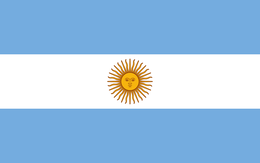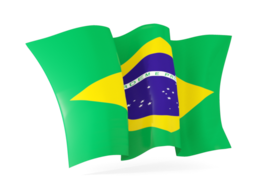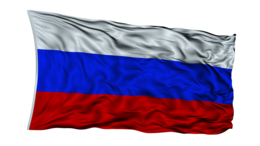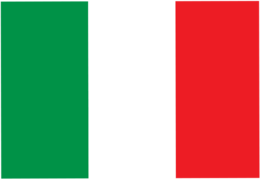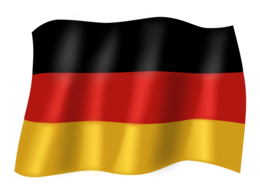In this flags page you can download free flags PNG images: flags PNG images free download
In this gallery of flags, we have 141 free PNG images with transparent background.
Flags are symbolic pieces of cloth or other materials that represent countries, states, organizations, or other entities. They are used for identification, communication, and expression of identity. Here are some key aspects of flags:
Design: Flags typically feature distinctive designs that include colors, patterns, symbols, or emblems representing the entity they represent. These designs are often chosen to reflect historical, cultural, or political significance.
Colors: The colors used in flags often have symbolic meanings. For example, red may represent courage or sacrifice, blue may symbolize loyalty or peace, and green may represent growth or fertility. The specific meanings of colors can vary depending on cultural or historical context.
Symbols: Flags may include symbols, such as stars, crosses, animals, or geometric shapes, which represent specific meanings or attributes associated with the entity they represent. These symbols are often chosen to convey important values, ideals, or characteristics.
Usage: Flags are used for various purposes, including:
- National flags: Representing countries and nations, and often flown at government buildings, embassies, and international events.
- State flags: Representing individual states or provinces within a country, and often flown at state government buildings, schools, and public spaces.
- Organization flags: Representing international organizations, sports teams, companies, or other groups, and often displayed at their headquarters or events.
- Signal flags: Used for communication at sea, with each flag representing a specific letter or message in the International Code of Signals.
- Decorative flags: Used for decoration or celebration, such as decorative banners, pennants, or flags flown during festivals, parades, or holidays.
Protocol: There are often specific protocols and etiquette associated with the display and handling of flags, particularly national flags. These protocols may include rules for how flags should be flown, folded, raised, lowered, or displayed alongside other flags.
Flags are powerful symbols that evoke a sense of pride, identity, and belonging among those who identify with them. They serve as visual representations of the values, ideals, and heritage of the entities they represent, and are an important part of cultural, social, and political identity around the world.
